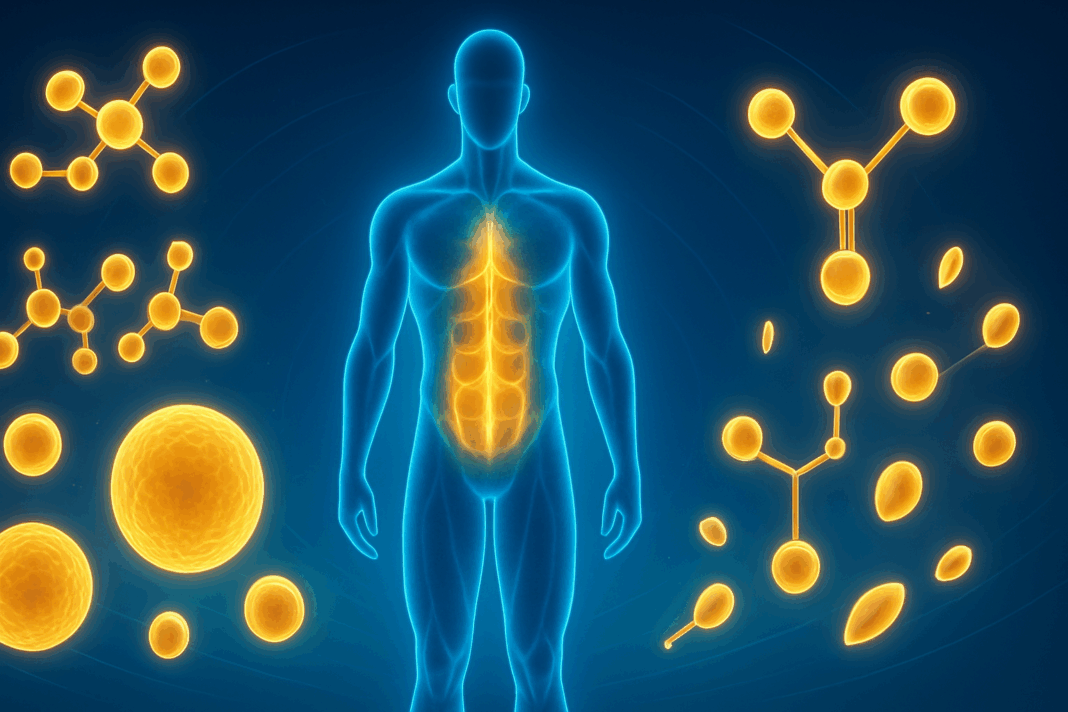In the world of nutrition and metabolic health, few processes are as widely discussed and misunderstood as ketosis. For individuals exploring low-carbohydrate diets, fasting protocols, or ketogenic plans, the question “how long does it take to get into ketosis?” emerges frequently, and with good reason. Understanding the timing and process of entering ketosis is crucial for both effectiveness and safety, particularly when employing strategies like intermittent fasting or high-fat ketogenic diets. This comprehensive, evidence-based article aims to answer that question by delving deep into the mechanisms of ketosis, examining expert-backed signs and symptoms, and offering safe, science-supported strategies to reach ketosis effectively.
You may also like: Is the Keto Diet Safe or Dangerous? What Experts Say About the Risks, Benefits, and Basics of the Ketogenic Diet
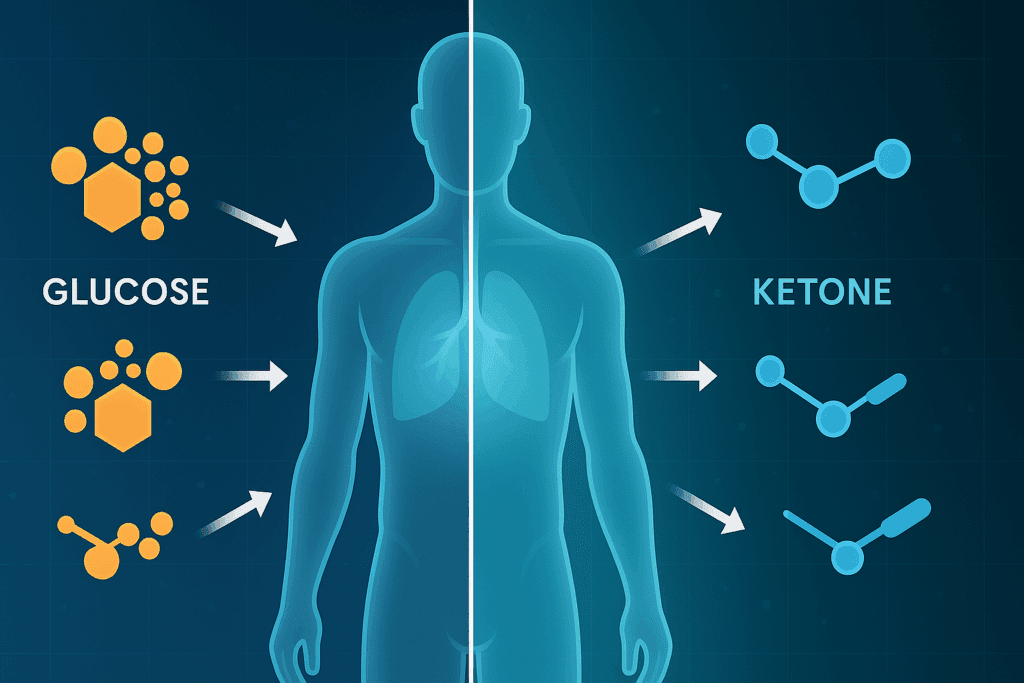
Understanding Ketosis and Why It Matters
To understand how to get into ketosis, we must first define ketosis in medically accurate and practical terms. Ketosis is a natural metabolic state in which the body, deprived of adequate carbohydrates, begins breaking down fat into molecules called ketone bodies. These ketones, including beta-hydroxybutyrate, acetoacetate, and acetone, serve as an alternative energy source, particularly for the brain. In typical dietary conditions, glucose derived from carbohydrates is the body’s primary fuel. However, when carbohydrate intake drops significantly—as it does during prolonged fasting or ketogenic dieting—the liver increases ketone production to ensure continued energy supply.
This metabolic switch has gained popularity not only for its role in weight management but also for its potential benefits in managing neurological disorders, improving insulin sensitivity, and reducing systemic inflammation. While entering ketosis is often the goal, understanding how long to enter ketosis and how to reach ketosis efficiently without adverse effects is what distinguishes sustainable success from short-lived experimentation.
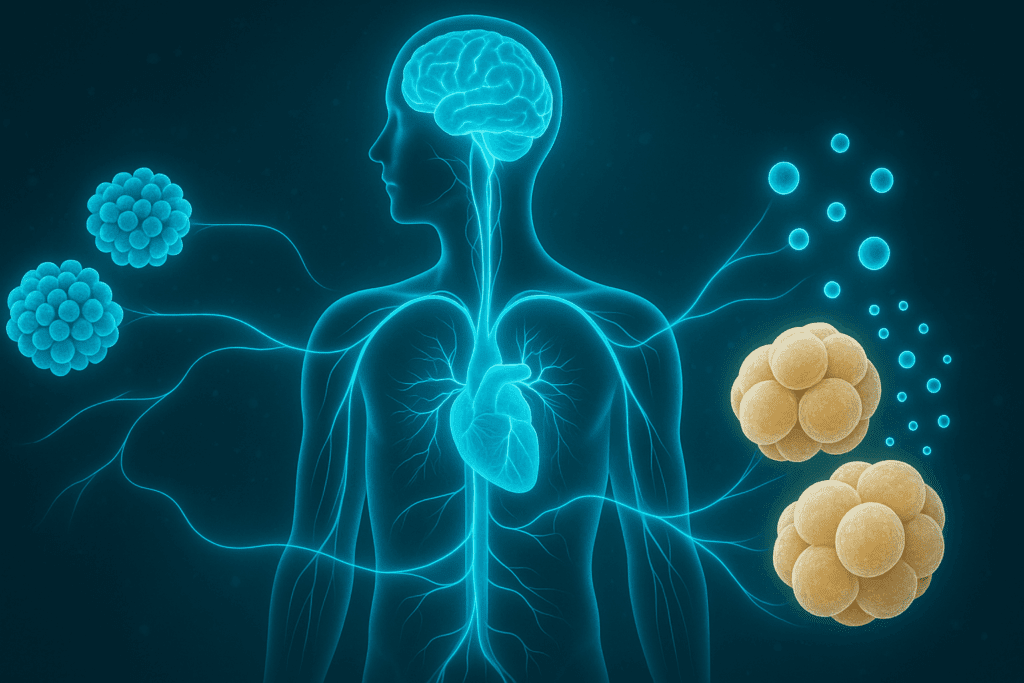
The Science Behind Entering Ketosis
The timeline for entering ketosis varies based on several individual factors, including baseline metabolic flexibility, glycogen stores, physical activity levels, and dietary patterns. On average, most people begin producing measurable amounts of ketones within 24 to 72 hours of significant carbohydrate restriction. However, to achieve full nutritional ketosis—defined by blood ketone concentrations of 0.5 to 3.0 mmol/L—it may take longer.
For someone transitioning from a high-carbohydrate diet, glycogen depletion must occur before the body begins large-scale ketone production. Glycogen, the storage form of glucose, is stored in the liver and muscles. As glycogen stores deplete, the body ramps up lipolysis—the breakdown of fat—leading to increased fasting ketones in circulation. Physical activity, especially endurance exercise, can accelerate glycogen depletion, helping the body enter ketosis more quickly. However, it is critical to understand that while this process can be expedited, it should not be forced in a way that compromises overall health or wellbeing.
How Long Does It Take to Get Into Ketosis?
So, how long does it take to get into ketosis, realistically speaking? For most individuals, ketosis begins within two to four days of a carbohydrate intake below 50 grams per day, particularly when paired with intermittent fasting ketosis strategies. However, the full adaptation process—where the body efficiently uses ketones for fuel and symptoms subside—may take one to two weeks. Athletes and metabolically flexible individuals may enter ketosis more rapidly, while others, especially those with insulin resistance or high baseline glucose levels, may take longer.
In clinical studies, ketogenic dieters often show measurable blood ketones within 48 to 72 hours, but individual variability must be emphasized. Some people report experiencing early signs of ketosis within the first day, while others may not notice ketosis symptoms until several days later. This wide range illustrates the importance of individualized tracking and the potential utility of blood or breath ketone meters for those aiming to monitor progress precisely.
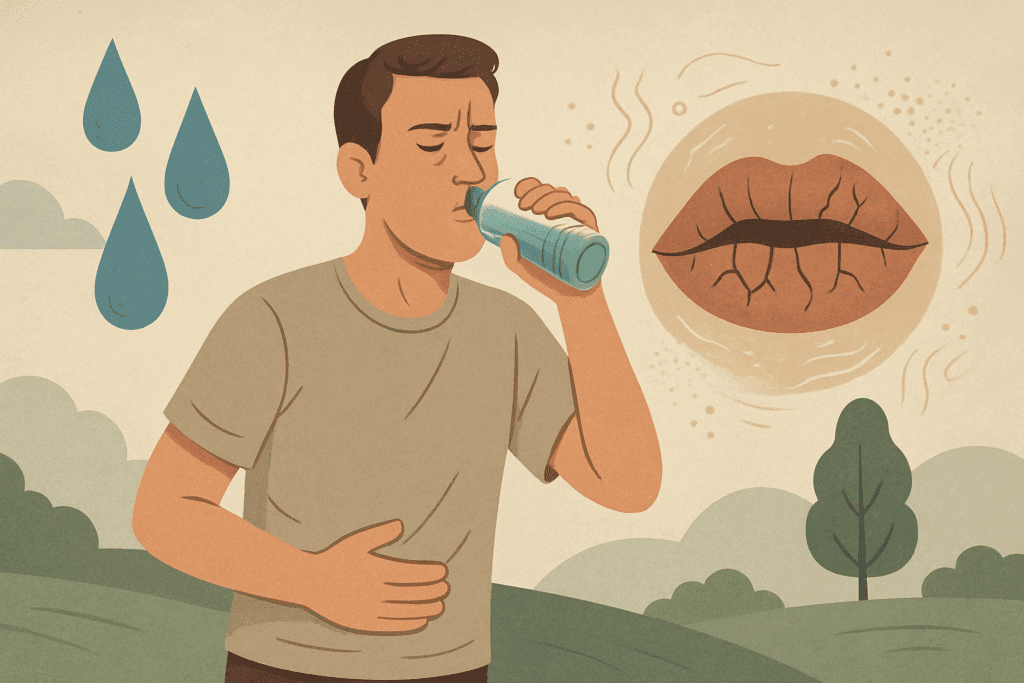
What Are the First Signs of Ketosis?
Identifying the first signs of ketosis can help guide expectations and encourage adherence during the adaptation phase. Early ketosis symptoms are generally temporary and include increased thirst, dry mouth, frequent urination, and a subtle metallic taste in the mouth—a result of acetone being excreted through breath. These signs and symptoms of ketosis are natural indicators that the body is transitioning into a fat-burning state.
Some individuals also report reduced appetite, likely due to the appetite-suppressing effects of ketone bodies and more stable blood sugar levels. Additionally, changes in energy levels and mood fluctuations may occur in the early days as the body adjusts. While these symptoms may feel unsettling, they are generally benign and tend to resolve as the body fully adapts. The phrase “what does ketosis feel like” is commonly searched, and the answer is that while the initial transition can involve discomfort, many people later report increased clarity, energy, and focus.
How to Know If You’re in Ketosis or Not
Determining whether you have reached ketosis involves both subjective observation and objective testing. While subjective symptoms such as those mentioned above are helpful, the most reliable way to know if you are in ketosis or not is through the use of ketone testing tools. Blood ketone meters provide the most accurate measurements, giving a real-time look at circulating beta-hydroxybutyrate levels. Breath analyzers and urine ketone strips are less precise but may still offer useful feedback, especially during early stages.
To achieve nutritional ketosis, a blood reading of 0.5 mmol/L or higher is generally considered the benchmark. These tools help determine how long it takes to go into ketosis based on dietary adherence and individual metabolism. It’s important to note that ketone levels can fluctuate throughout the day based on factors such as hydration, exercise, and food intake, so multiple readings may provide a clearer picture. Regardless of the method used, consistent monitoring can reinforce dietary compliance and provide motivation during the adaptation phase.

Intermittent Fasting and Its Role in Ketosis
One of the most effective strategies for reaching ketosis quickly is intermittent fasting. Intermittent fasting ketosis protocols typically involve time-restricted eating windows, such as 16:8 or 18:6 fasting-to-feeding ratios. By extending the period of time in which the body is not receiving food, insulin levels drop, and glycogen stores are further depleted, thereby accelerating the switch to ketone production.
Research supports the idea that fasting ketones increase during extended fasting periods, sometimes reaching nutritional ketosis levels even within 24 hours. For those wondering when does ketosis start when fasting, evidence suggests that mild ketosis may begin after 12 to 16 hours of fasting, with more pronounced ketosis developing around the 20- to 24-hour mark, particularly in individuals with lower glycogen reserves.
Combining intermittent fasting with a low-carbohydrate, high-fat diet often results in a synergistic effect, where the transition into ketosis is both faster and smoother. However, as with any dietary intervention, this should be approached with medical supervision, especially for individuals with diabetes, metabolic disorders, or chronic conditions that affect insulin sensitivity.
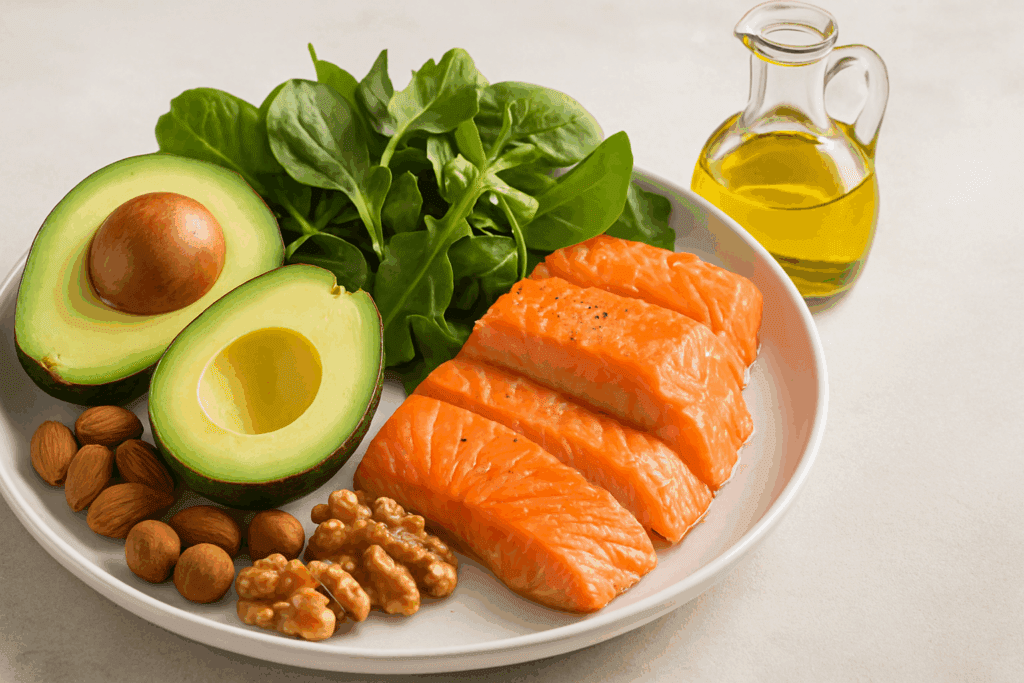
How to Get Into Ketosis Fast and Safely
For those aiming to enter ketosis efficiently, a combination of dietary manipulation, physical activity, and fasting can be employed strategically. Reducing carbohydrate intake to fewer than 20 to 30 grams per day while increasing healthy fats from sources like avocados, olive oil, and fatty fish encourages the liver to begin ketone production. At the same time, minimizing protein to moderate levels prevents excess gluconeogenesis, which could delay ketone formation.
Exercise, particularly aerobic activity, accelerates glycogen depletion and may shorten the timeline for how long to get into ketosis. Meanwhile, staying well-hydrated and ensuring adequate intake of electrolytes such as sodium, potassium, and magnesium can reduce the discomfort associated with early ketosis symptoms. Some individuals also incorporate exogenous ketones to induce temporary rises in blood ketone levels, though this does not necessarily reflect true fat-adaptation.
It’s important to understand how many days to reach ketosis will depend on consistency, adherence, and baseline metabolic health. Those coming from a standard high-carbohydrate diet may find that it takes five to seven days of strict adherence, while metabolically flexible individuals may enter ketosis in as few as 48 hours. The focus should remain on long-term adaptation rather than short-term results.
What Are the Signs and Symptoms of Ketosis?
Beyond the early physical cues, ketosis has a range of identifiable signs that deepen as the body becomes more adapted to ketone metabolism. The signs and symptoms of ketosis can include sustained mental clarity, improved focus, reduced cravings for sugar or carbohydrates, and enhanced endurance during physical activity. These outcomes often follow the resolution of initial transitional symptoms and are associated with improved metabolic efficiency.
Some individuals describe a sense of “clean energy” or an absence of the post-meal sluggishness that accompanies carbohydrate-heavy diets. Others may observe changes in body composition, including reduced bloating and visible fat loss. These markers are not only encouraging but serve as confirmation that the body has entered and is sustaining ketosis. Nevertheless, regular ketone testing remains the gold standard for those seeking objective confirmation.

What Does Ketosis Feel Like in the Long Term?
As the body becomes fully keto-adapted, the experience of ketosis changes. Rather than focusing on what does ketosis feel like during the initial stages, individuals begin to experience more consistent energy levels, improved physical performance, and better appetite regulation. These changes are attributed to the brain’s preference for ketones as a clean-burning fuel and the reduced volatility in blood glucose levels.
In the long term, individuals may notice improvements in metabolic biomarkers such as insulin sensitivity, triglyceride levels, and HDL cholesterol. For those managing chronic conditions such as epilepsy, PCOS, or type 2 diabetes, these changes can be even more pronounced. The ketosis body adapts to operate efficiently in a low-carbohydrate state, making occasional dietary fluctuations less disruptive over time.
It is important, however, to maintain regular health checkups and adjust the diet as needed. The sustainability of ketogenic living depends on a flexible, nutrient-rich approach rather than rigid restriction. Working with healthcare providers and registered dietitians ensures that the process remains both safe and beneficial.
How Long Does It Take to Enter Ketosis When Fasting Alone?
For those relying solely on fasting to achieve ketosis, the timeline may vary depending on prior diet, body composition, and physical activity. In metabolically healthy individuals, mild ketosis may begin as early as 12 hours into a fast, with deeper ketosis occurring around the 24- to 48-hour window. The question of how long does it take to go into ketosis during fasting is often answered with a general range of one to three days, though again, individual variation plays a central role.
Ketosis fasting strategies like alternate-day fasting or prolonged fasts beyond 24 hours can induce a more sustained ketogenic state. However, these should be undertaken with caution and preferably under medical supervision. Fasting-induced ketosis can be powerful, but it is not a one-size-fits-all approach. The goal should always be metabolic resilience, not deprivation.
Frequently Asked Questions: Entering Ketosis and Fasting Strategies
1. Can stress or poor sleep delay how long it takes to get into ketosis?
Yes, both stress and poor sleep can significantly impact how long it takes to get into ketosis. Elevated cortisol levels associated with stress may raise blood sugar levels, thereby hindering the insulin reduction needed to initiate ketone production. Likewise, sleep deprivation has been linked to insulin resistance, which can delay the metabolic transition and extend how long to enter ketosis. Even if you’re following a strict ketogenic diet or intermittent fasting ketosis plan, these physiological disruptions can prevent the ketosis body from reaching optimal ketone levels. Managing stress and prioritizing quality sleep may enhance your ability to get into ketosis fast and help stabilize early ketosis symptoms.
2. How does alcohol consumption affect the ketosis fasting process?
Alcohol can delay ketosis, particularly if consumed in excess or combined with carbohydrate-rich mixers. Even low-carb alcoholic beverages may interfere with how to go into ketosis because the liver prioritizes alcohol metabolism over fat oxidation. This means the production of fasting ketones is temporarily halted, slowing the transition. For those wondering how long does it take to go into ketosis after drinking, it may take an additional 24 to 48 hours depending on the volume and frequency of alcohol intake. If you’re serious about how to reach ketosis efficiently, avoiding alcohol during the first few days of a ketosis fasting regimen is often recommended.
3. Are there psychological or mood-related signs of ketosis that people often overlook?
Interestingly, the psychological changes during ketosis are frequently under-discussed. While many expect physical ketosis symptoms like fatigue or dry mouth, some people also report changes in mood, ranging from euphoria to irritability. These fluctuations often correlate with blood sugar regulation and how long to get into ketosis, especially during the transition phase. Once stabilized, many individuals note improved mental clarity, reduced anxiety, and even enhanced focus—a hallmark trait of an adapted ketosis body. These signs of ketosis may be subtle at first but can become more pronounced as fasting ketones become the body’s primary fuel source.
4. What role does muscle mass play in how long it takes to enter ketosis?
Higher levels of lean muscle mass may accelerate how long it takes to enter ketosis. Muscle tissue stores glycogen, and more muscle means greater glycogen reserves that need to be depleted before ketosis begins. However, active individuals with higher muscle mass also tend to have better insulin sensitivity and higher metabolic rates, which can enhance fat oxidation. This balance affects how many days to reach ketosis and how easily the body transitions. Regular resistance training may, paradoxically, help you get into ketosis faster despite higher glycogen stores by improving overall metabolic flexibility.
5. How do hormonal changes in women impact how to get into ketosis fast?
Hormonal fluctuations during the menstrual cycle can alter how the body responds to carbohydrate restriction and intermittent fasting ketosis. For instance, in the luteal phase (after ovulation), increased progesterone may increase appetite and insulin resistance slightly, potentially affecting how long to go into ketosis. Perimenopausal and postmenopausal women may also experience changes in fat metabolism that influence how long does it take to go into ketosis. Tailoring fasting windows and macronutrient ratios during different hormonal phases can support a more stable ketogenic adaptation. Consulting a healthcare provider familiar with female hormone cycles and ketosis can provide personalized guidance.
6. What are the differences in signs and symptoms of ketosis between first-time and experienced keto dieters?
For first-time keto dieters, the signs and symptoms of ketosis can be more pronounced and uncomfortable. These individuals may notice more intense fatigue, digestive changes, or “keto flu” symptoms due to electrolyte imbalances and a slower adaptation period. In contrast, those who have previously achieved ketosis often report milder or shorter-lived ketosis symptoms when restarting, as their bodies are more efficient at generating and using fasting ketones. How to know if you’re in ketosis or not may also become easier with experience, as returning dieters often recognize early signs of ketosis more intuitively. Over time, the body adapts to efficiently switching into and out of ketosis with less disruption.
7. Is it possible to enter ketosis without drastically reducing carbs if you’re using a ketosis fasting strategy?
While traditional approaches emphasize strict carbohydrate reduction, ketosis fasting protocols offer an alternative path. When does ketosis start when fasting depends on factors like prior diet and metabolic health, but some individuals can initiate mild ketosis through time-restricted feeding without severe carb limitation. This is particularly useful for those who want to ease into ketosis gradually. However, combining intermittent fasting ketosis protocols with moderate carb reduction still yields more consistent and faster results. Ultimately, how to get into ketosis fast depends on both food intake and the duration of metabolic rest provided by fasting.
8. Can ketone supplements influence how to go into ketosis, and are they effective long-term?
Exogenous ketone supplements can increase blood ketone levels temporarily, making it seem like you’ve entered ketosis. However, they don’t necessarily reflect true metabolic adaptation or fat oxidation. For those asking how to get into ketosis fast, these products may offer a quick energy source but don’t accelerate how long to enter ketosis in a sustainable way. Overreliance on supplements may also reduce the body’s incentive to produce its own fasting ketones. Long-term success requires developing a metabolically flexible ketosis body through dietary consistency and natural ketone production rather than external sources.
9. What social or lifestyle factors can interfere with how long to get into ketosis?
Several modern lifestyle habits can slow the transition into ketosis, even if dietary choices are aligned. Frequent snacking, even on low-carb foods, can disrupt fasting-induced fat burning and prolong how long does it take to get into ketosis. Social eating patterns, such as late-night dinners or spontaneous high-carb meals, often conflict with ketosis fasting protocols. Moreover, inconsistent sleep schedules and sedentary behavior can further delay how long does it take to enter ketosis. Establishing a consistent daily routine that includes fasting windows, movement, and nutrient-dense meals supports a more effective transition.
10. Are there any advanced biomarkers beyond blood ketones to track how many days to reach ketosis effectively?
Beyond simply tracking fasting ketones in the blood, other biomarkers can provide deeper insight into how to reach ketosis and maintain it. Respiratory quotient (RQ), for instance, can indicate the ratio of fat to carbohydrate metabolism and reflects the metabolic state of the ketosis body. Continuous glucose monitoring (CGM) can help detect patterns in insulin response and glucose variability, which are closely tied to how long does it take to go into ketosis. Additionally, measuring inflammatory markers like CRP or insulin levels may offer a broader picture of metabolic health during ketosis fasting. These advanced tools can help personalize your ketogenic strategy and refine your approach to achieving optimal results.
Conclusion: Mastering the Transition into Ketosis with Science and Strategy
Understanding how long it takes to get into ketosis requires more than just a numerical answer. It involves recognizing the unique metabolic factors at play, the strategic use of dietary and fasting interventions, and the ability to monitor signs and symptoms of ketosis with both objectivity and intuition. Whether your interest in ketosis stems from weight management, metabolic health, or improved cognitive performance, the process of entering this fat-burning state is both science-driven and highly individual.
Using tools like intermittent fasting ketosis strategies, low-carbohydrate dietary planning, and exercise can significantly influence how long to enter ketosis. For some, this journey begins within a couple of days; for others, it may take up to a week or more. Regardless of the timeline, success lies in consistency, informed decision-making, and a holistic understanding of the body’s metabolic needs.
From identifying what does ketosis feel like to tracking fasting ketones and learning how to get into ketosis fast, the journey is as much about personalization as it is about precision. By listening to your body, adjusting your approach as needed, and staying committed to long-term health, entering ketosis can become a powerful tool in your overall wellness strategy—one that aligns with evidence, experience, and expert guidance.
Further Reading:
How Long It Takes to Enter Ketosis
How to get into ketosis faster


